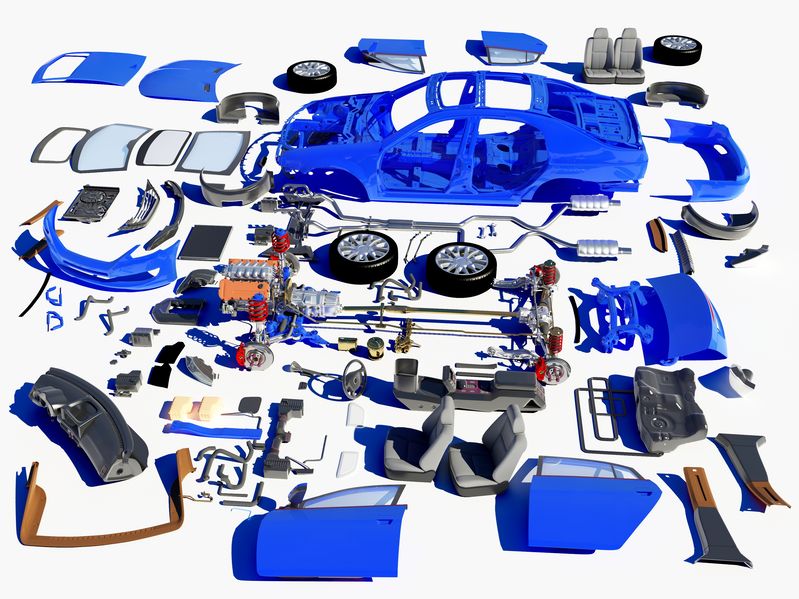Auto Body Repair 101—The Repair Process
In this second part in our series on the auto body repair process, we’ll explain the estimate and actual structural repair process. It’s easy to assume the process is simple. However, there are a lot of details in this process beginning with the estimate of repairs.
Estimates
Estimates today are done a number of ways. Methods of getting estimates include sending in photos from a smartphone, online fillable forms as well as the traditional in-person estimate at the body shop. No matter what method the damage is assessed, it’s still simply an estimate. Without disassembling the vehicle, there is no way of telling if there is additional damage that can’t be seen such as a bent frame or other internal damages to the vehicle.
Most body shops will provide detailed estimates of costs needed for the repair process. Once this is completed, the estimate is sent to the insurance company. Depending on a number of factors, including the age and condition of the vehicle pre-accident, the insurance company can request a disassembling of the vehicle to determine if it’s cost effective to repair the vehicle or if it’s a total loss.
If the insurer gives the go-ahead to repair the vehicle, it’s ultimately up to the vehicle owner to determine if they want it repaired. If the owner gives the green light, the body shop can continue with the repair process. Once approval for repair is given, parts are ordered and the vehicle is disassembled.


Auto Body Repair Terminology
There is certain terminology the industry uses in determining how to repair a vehicle and what parts to use. Below are 5 terms that are commonly used along with their explanation.
1. Remove and Replace (R&R). This refers to a part that is so badly damaged that it can’t be repaired and has to be replaced.
2. Remove and Install (R&I). This occurs when a part needs to be removed from the vehicle while it’s being repaired but is still used when the vehicle is reassembled.
3. Betterment. When a damaged part— that is original on an older vehicle— is replaced with a newer part, the insurance company refers to this as betterment.
4. Aftermarket parts. These are parts that weren’t made by the original manufacturer of the vehicle. They are basically generic parts.
5. Original Manufacturers Equipment (OEM). These are parts that are made by the vehicles original manufacturer specifically for the model of the vehicle.
The first thing done is to check for structural problems with the frame. This is done usually by an electronic measuring system. This works to restore the frame to its factory specifications. Once the frame is determined to be straight, the vehicle is checked for suspension and wheel alignment problems. It should be noted here, that’s it’s good idea to assess and repair mechanical problems at the same time body repairs are being done.
Aftermarket or OEM Parts
Determining whether to use OEM or aftermarket parts is made when doing the estimate. As mentioned above, these parts were made specifically for the vehicle and it’s advisable to use them whenever possible. Studies have shown they’re more durable than generic parts and some researchers have determined they’re also safer.
Above is the basic repair process for doing body repair. Depending on the extent of the damages, the repair process can be done in as little as 24 hours, while other times, for severely damaged cars that are still repairable, it can take longer. At Orlando Auto Body, we use OEM parts whenever possible and repair your car to it’s pre-accident condition. Call us for a free estimate at (480)844-4858.

